A recent clean-up in the end room of our house resulted in a pile of junk being removed from on top of my light box, a glorious 1.4m long expanse of slide-viewing luxury made for me by my brother many years ago, which sits on top of two, two-drawer filing cabinets, oriented back-to-back, each full of slides in plastic hanging file pages. A nostalgic hunt for some old images took me back to mid-1990 when I shot my first roll of Fuji Velvia (the subject of my next post), and oh so callously dropped the venerable PKM (or KM25) and PKR (or KR64) like a couple of hot potatoes. Actually there was a brief transition period. I had shot the last of my remaining rolls of Kodachrome by 1992 and have never used it again since. I thought of doing a post on that first roll of Velvia, and then decided that a post about Kodachrome might make an appropriate preface. I know I’m not the first to post about this stuff on 35mmc, but I may have a slightly different angle on it.
I guess I totalled about seven years of Kodachrome use all up, from the acquisition of my first SLR in 1986, until a couple of years after that game-changing Fuji ‘Velvet Media’ experience around mid-1990. Most of my Kodachrome collection has archived quite well, with only one KR64 slide I can think of that shows a patch of unnatural red shift in one part of the frame. I have to admit to being much fonder of Kodachrome 25 than 64, for the near absence of grain and generally more accurate colour rendition (to my eye anyway). I mostly used KM25 for underwater macro photography, using a Nikonos III, with its 35mm lens, various extension tubes, and a flash on a fixed bracket. But I was surprised to find more KM25 ‘topside’ landscapes and portraits than I expected, once I started digging through the archive.
I’m aware of Kodachrome’s ‘iconic’ status and enduring popularity, in part from reading about some of the big name photographers associated with it and famous images made with it, and also from my dad’s slides, many of which date back to the ‘60s. Some of his slides have lasted better than others, but he had many of them stored in quite hot and humid conditions for many years. While film as a technology still fascinates and impresses me, I don’t get too romantic, much less reverent, about any particular product. Film is both a tool for making pictures, and a commodity for making profit. I think we always need to keep a healthy separation between the manufacturers’ marketing spin and the technical and practical knowledge about what it actually does (or did, in the case of Kodachrome).
Like most photographers I enjoyed the little rush of serotonin upon opening the yellow slide boxes when they arrived. I thought both KM25 and KR64 were very sharp and fine grained and the colours generally were pretty accurate. The KM25 images generally looked better, on average – they were a bit richer, sharper, and less grainy – but they were also typically more challenging to produce given the slower speed. Some may disagree but I thought KR64 sometimes had a bit of a cyan cast, especially compared to KM25 and Velvia.
Do I miss Kodachrome now that it’s gone forever? Not really. There’s nothing I can point to in particular that either KM25 or KR64 could do that can’t be achieved with what is available now, in terms of film or digital technology. Others may have a different view. Below I have five images made with Kodachrome 25 followed by five made with Kodachrome 64, accompanied by some brief comments. I hope you enjoy them.
5 frames of Kodachrome 25
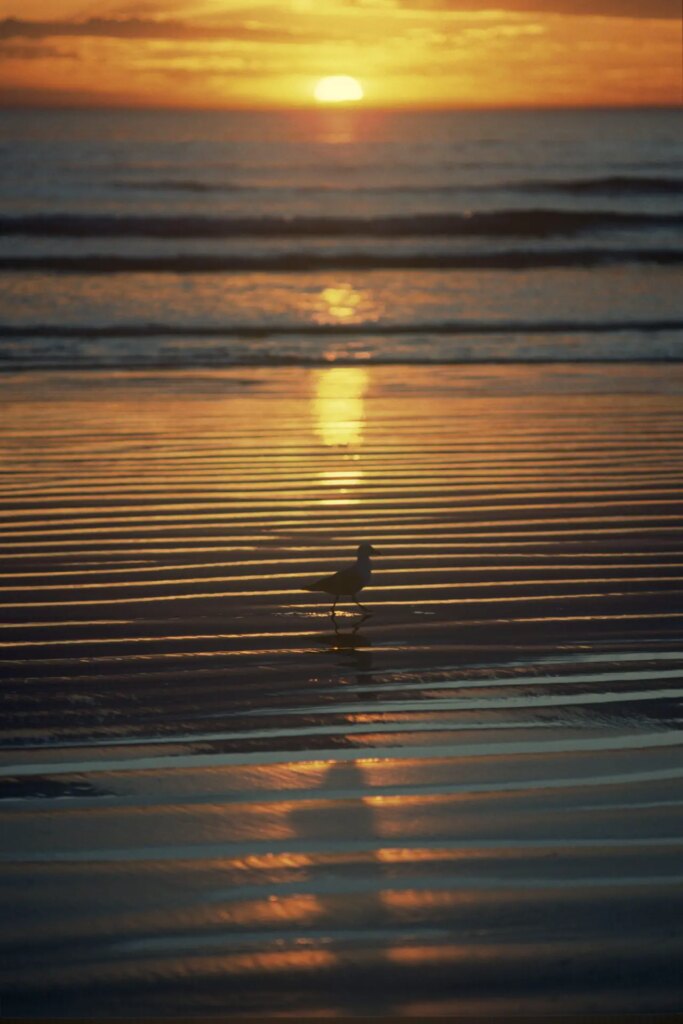
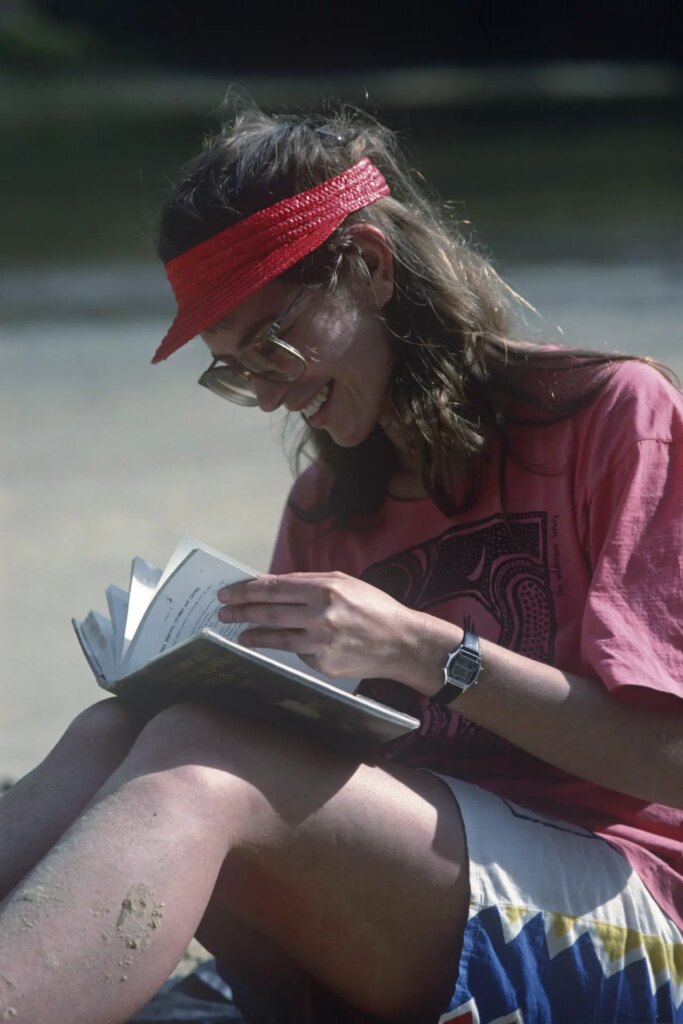
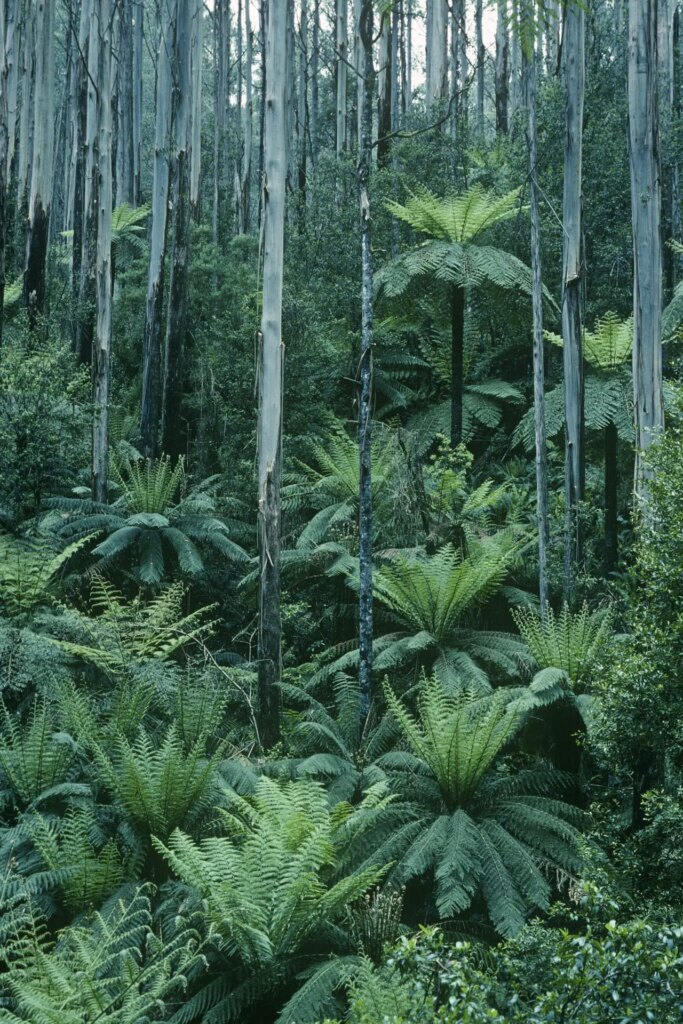
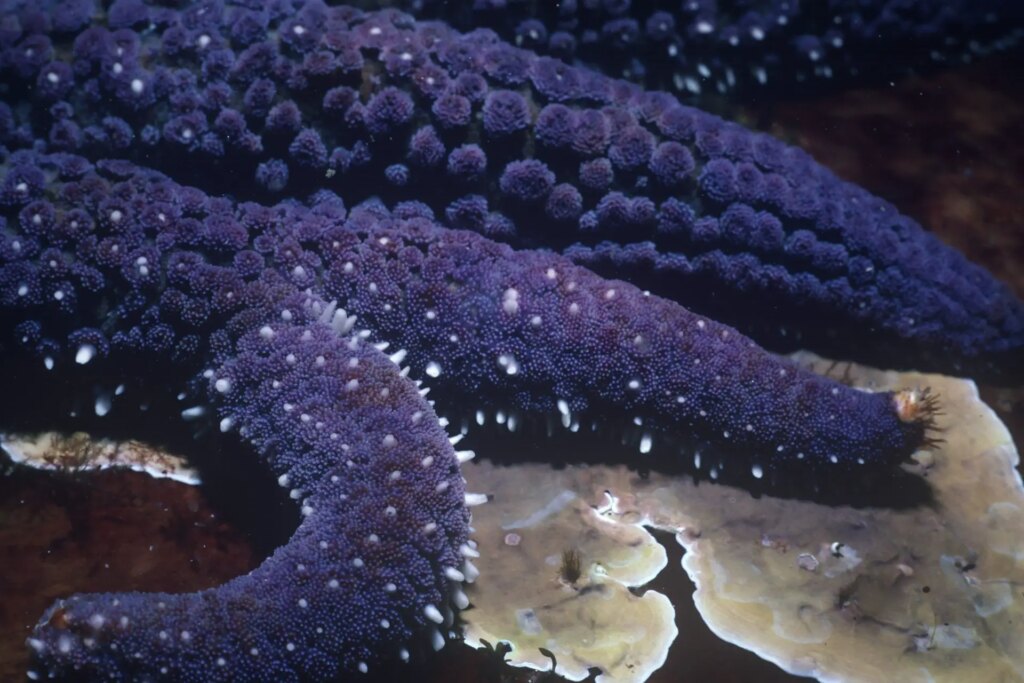
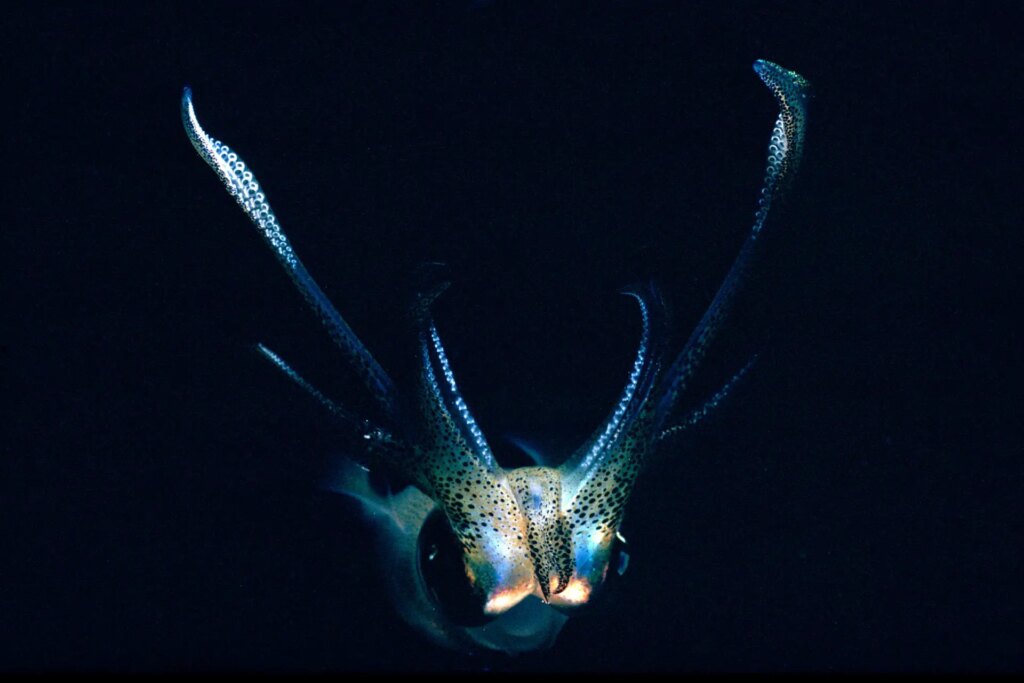
5 frames of Kodachrome 64
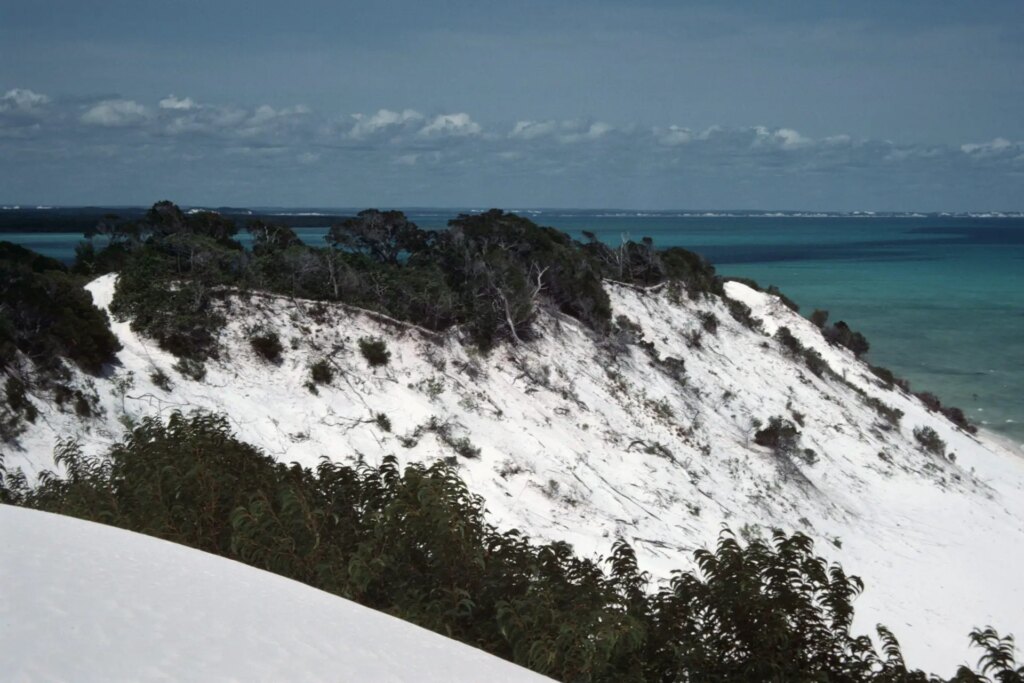
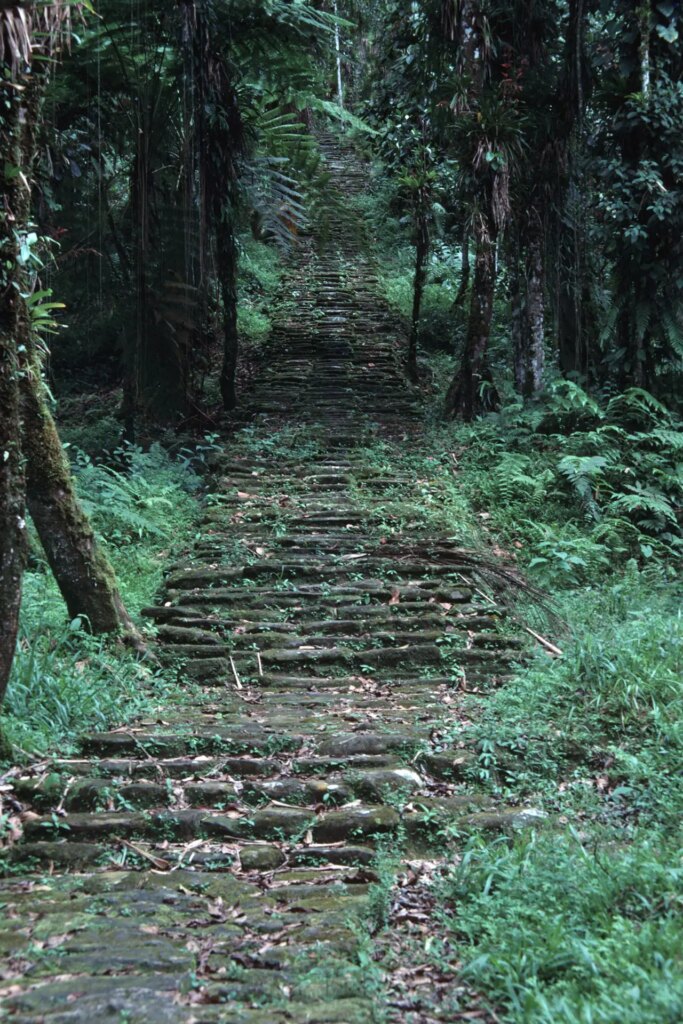
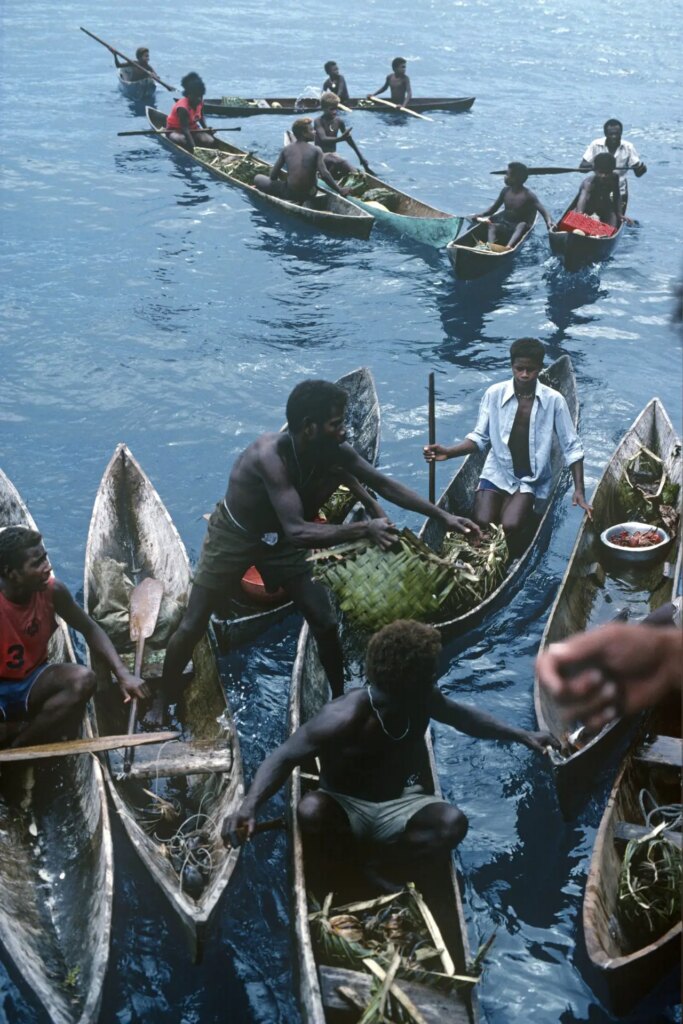
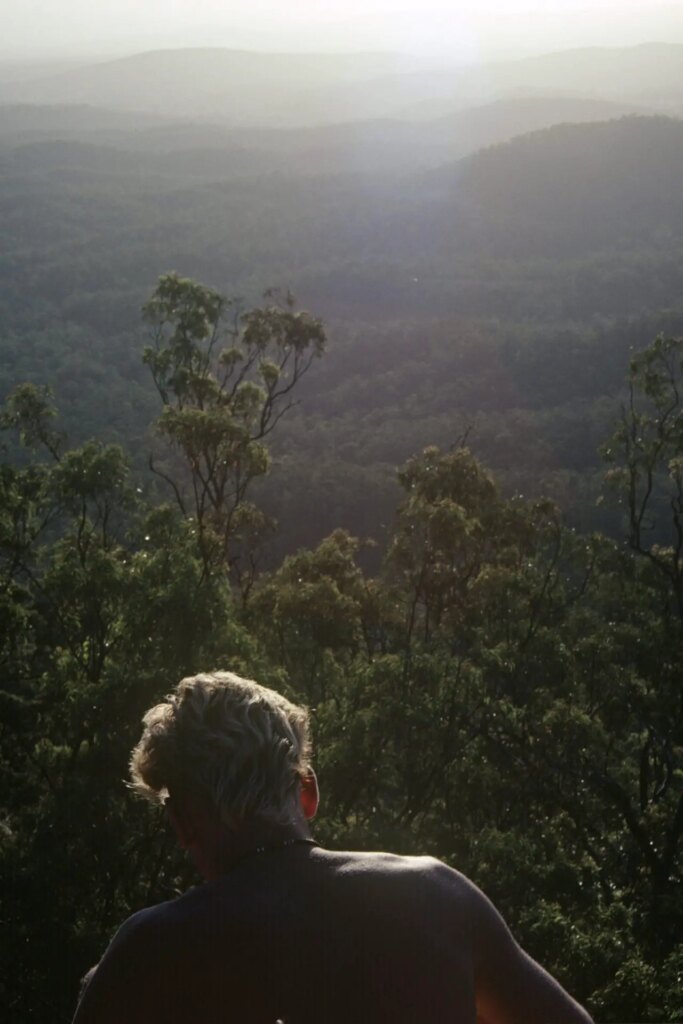
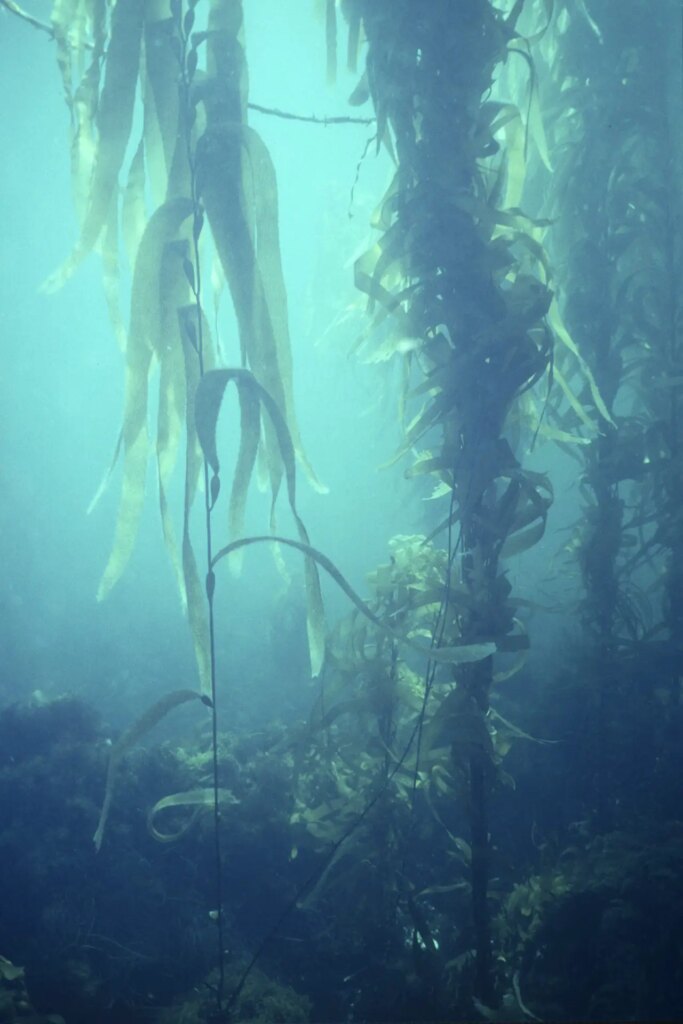
I have many Kodachromes I still cherish and like sharing. Some of them now have a historic value I never expected they would acquire when they were created. I hope you have enjoyed them. My next post is about Velvia, the film that I switched to when it first became available in 1990.
My Flickr site is here.
Share this post:
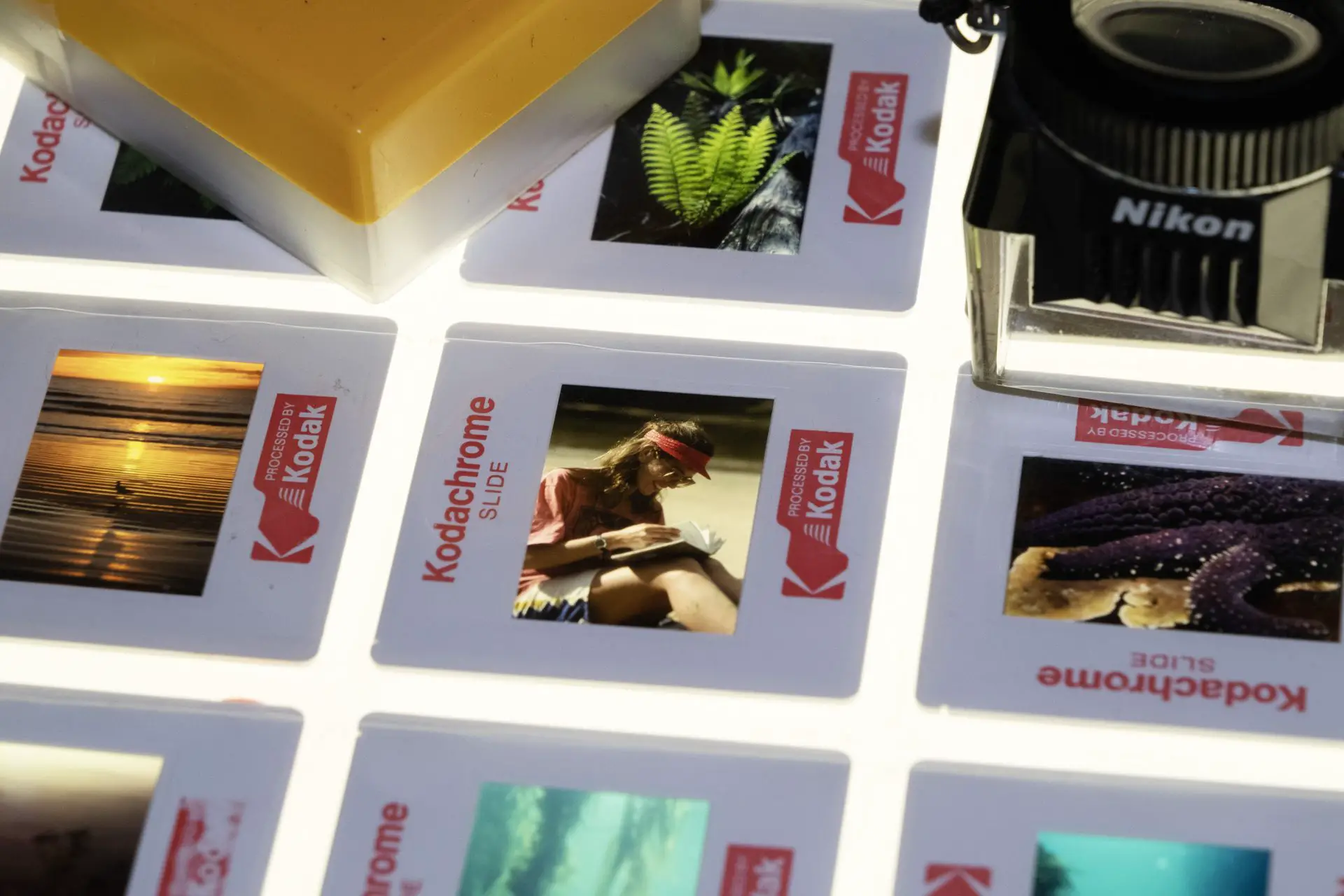








Comments
Bob Janes on 5 Frames of Kodachrome 25 and 64 – an unromantic retrospective
Comment posted: 01/09/2023
In effect, I think I liked the idea of Kodachrome more than the film itself.
For nostalgic reasons, I shot two last rolls (of 64 I think) in 2010. Rather than just heading off to Hemel Hempstead in the little yellow and red envelope, they ended up doing a 9000 mile round-trip to Dwayne’s Photo in the States.
Comment posted: 01/09/2023
Paul Quellin on 5 Frames of Kodachrome 25 and 64 – an unromantic retrospective
Comment posted: 01/09/2023
Comment posted: 01/09/2023
John Pemberton on 5 Frames of Kodachrome 25 and 64 – an unromantic retrospective
Comment posted: 01/09/2023
I was such a hack in a BW darkroom that switching to Kodachrome made photography a lot less frustrating for me at a time when life and my career sort of required convenience. Not needing to spare the expense for prints, meant that I could enjoy my work a little more economically than if I had gone the route of color negatives. The format kept my interest in photography going at a time when there were a lot of distractions and the budget constraints of an entry level salary. For that reason I am sentimental and romantic for that emulsion.
I am in the middle of scanning my back catalogue of Kodachrome slides and pondering the life experiences they encompass. The first of several recollections involving Kodachrome is bouncing around my head waiting to find a keyboard.
Comment posted: 01/09/2023
Bill Brown on 5 Frames of Kodachrome 25 and 64 – an unromantic retrospective
Comment posted: 01/09/2023
Bank shot something like 25,000 frames of film, b&w and color combined for this project. I spent a considerable length of time re-sleeving those Kodachromes and the impact on this 23 year old was permanent. Bank became my single most artistic influence and I eventually became his photo assistant in 1980 as he began shooting his next project of documenting San Antonio, Texas and the surrounding area known as the Texas Hill Country.
I can't help becoming nostalgic and romanticize my memories of this film stock. My personal early adventures took me across the United States and numerous provinces of Canada in the late 70's and early 80's on my steed of choice, a 1977 Yamaha 750 2D fully outfitted for touring. These trips were all burned onto Kodachrome 64 with my simple Canon ft-b and eventually an A-1. Whenever I open the binder housing these images I am immediately transported back to those simpler days. Nothing like camping under the stars and then photographing the sunrise on the south rim of the Grand Canyon or the double rainbow in Wyoming after leaving Yellowstone.
I eventually switched to negative film stocks, Ektar 25, Vericolor III and Gold 100 for the greater latitude but nothing ever brought the same level of anticipation as those Kodachromes. The excitement of seeing my work presented in living color has never been topped.
Thanks for giving us a glimpse into your archive and allowing me to step back, if only for a moment, to those wonderful days of my youth.
Comment posted: 01/09/2023
MICHAEL on 5 Frames of Kodachrome 25 and 64 – an unromantic retrospective
Comment posted: 02/09/2023
Comment posted: 02/09/2023